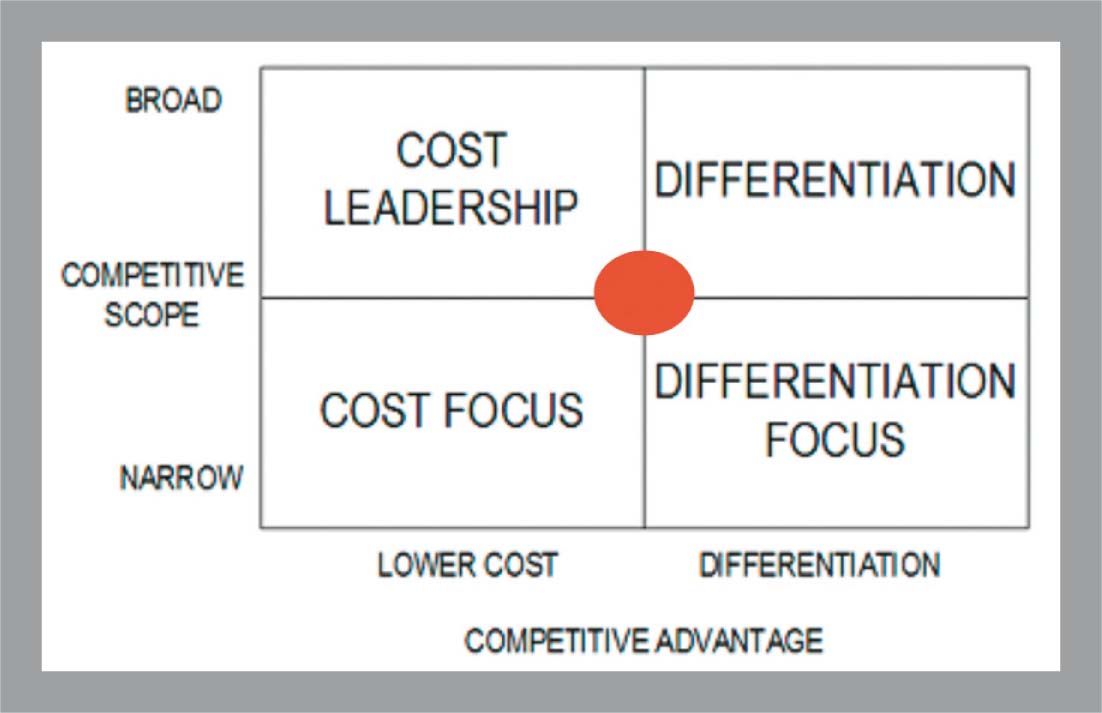Why ODs need a business strategy
Running a practice day-to-day can pose challenges for ODs. Carl Spear, OD, MBA, FAAO, outlines the three basic business strategies to maximize success and why it is important to choose one that fits your practice.

I hope you all had a great holiday season and as we go into 2018 that you are ready to have your best year ever. My wife Katie and I have five kids, so Christmas at our house is a big deal.
Here are the top things Santa left for ODs this past year:
• Online refractions
• Online contact lens prescriptions
• Increased requirements on contact lens prescriptions
• Continued chaos of the Affordable Care Act
• Continued pressures by managed vision plans
• Telemedicine changes and challenges
• Scope expansion getting blamed for the opioid crisis in our country
What a year!
Previously from Dr. Spear: ODs’ top 4 gripes about vision care plans: Part 5-Misleading information and misinformation
Identify your business strategy
Do you have a business strategy to deal with the changes, challenges, and disruptors facing our industry?
I work with many ODs, and several of them have a mission statement and goals, but rarely do I find someone with a true business strategy. I would argue that choosing a business strategy is the most important choice you can make as a business owner.
A business strategy is the cornerstone for any business, and having a clear and defined strategy will make all other decisions simple.
Let us take a look at the three basic or generic business strategies as laid out by Harvard Professor Michael Porter in his book Competitive Advantage: Creating and Sustaining Superior Performance.
1. Cost leadership
Cost leadership can be achieved by charging the customer prices that are at or below industry average prices. This can be realized by reducing costs to maintain margins and profitability.
Companies with this strategy typically employ technology to lower costs and employ a very efficient logistics systems. In this category, think about no-frills service and support with low prices-for example, Walmart or Kia.
2. Differentiation
Differentiation strategy requires you to deliver a product or service that has perceived higher value because of quality of the product or customer service. It is critical in this category that your customer/patients understand what separates you from the lower cost alternatives in the market. Examples in this category would be Nordstrom and Mercedes-Benz.
3. Focus
The third generic business strategy is focus, which we then can further divide into cost focus or differentiation focus.
Cost focus is used to define a business. With this strategy, we target a very narrow product line or market segment focusing on cost within this particular market. Examples of a focus business strategy include Dollar Tree and In-N-Out Burger.
Differentiation focus means you focus on a very narrow product line or market segment but strive to create brand, product, or service differentiation within that market. This is prevalent with companies such as Bose and Tesla.
Related: The benefits of cleaning out your practice
Categorizing your strategies
Now that we have reviewed the basic generic business strategies, let us look at the chart below. Which business strategy do you have? Can you definitively put your practice into one of the strategic categories? If not, it is time to take a fresh look at your business and determine what you currently are and what you plan on becoming.

The majority of optometry offices have a business strategy crisis. Most are not clearly defined in any of the four quadrants. Instead, these ODs employ a “red circle practice” trying to do a little in all quadrants. This lack of strategy and identity creates confusion for staff and patients. More critically, it may make day-to-day operations and business decisions more difficult.
Assume you have decided to choose a differentiated focus strategy. With this strategy, you may be a high-end optical focusing on differentiated frames and lenses at a premium price point. If you have fully committed to this strategy and it is your identity, all the decisions on what you buy and how you market, merchandise, and train staff become very clear. With a differentiated focus business strategy, you would never buy discontinued frames at low prices to fill the boards.
By committing to a well-defined business strategy, you make your choices simple and define your practice for yourself, your patients, and your staff.
It is important to note that all businesses mentioned above (Walmart, Nordstrom, Dollar Tree, Tesla, and so on) are dramatically different, but they do have one thing in common-they are successful. It is more critical to choose a strategy than which strategy you choose.
With all the disruptors and changes in our profession, it is more important than ever to commit to what you will do. With a defined strategy, you can continue to thrive regardless.